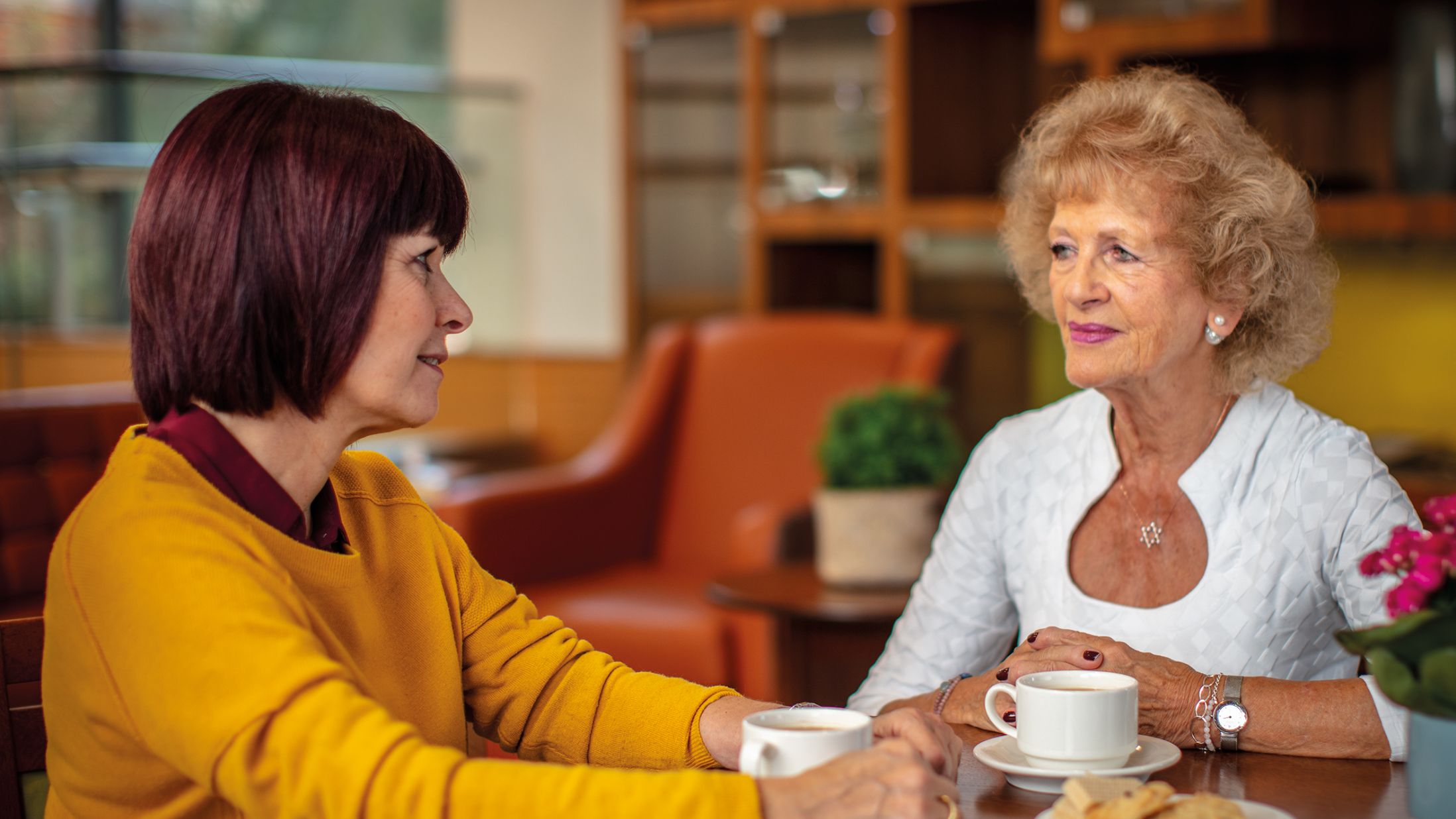Dance for Life is a project created to help those living with dementia to enjoy their life in a more fulfilled way.
Qualified musicians and dance therapists spend an hour a week over 8 weeks encouraging those with dementia to move in a way which stimulates brain activity, with some able only to imitate the movement of the professional dancers whilst others can get out of their chairs, or put aside their zimmer frames, and hold the hands of thr dancers and try a few steps. After the 8 weeks, the carers can continue the process so that Dance for Life is indeed a life long benefit.

The project was evaluated by an assessor from the Department of Health who found that 10 positive attributes including better communication with the carers and fellow dementia individuals were enhanced, whilst negative ones of fear, anxiety etc were reduced. Since 2015, Dance for Life has been in many care homes and these positive/negative attributes have been confirmed at first hand. It is now the ambition of the Dance for Life team to bring the project to the wider community, especially those with early onset dementia who may find the therapy of dance can slow the progression of the disease.
Dementia is a challenging condition that affects memory, thinking, and behavior, often leading to social isolation and reduced quality of life. But among the growing range of supportive interventions, one stands out for its ability to lift spirits, stimulate minds, and foster connection: dance. Programs like Dance for Life are proving that movement and music can be powerful tools for individuals living with dementia in the community.
Dance for Life is a community-based program designed to engage people with dementia through movement and rhythm. Whether through guided sessions, social dance gatherings, or creative expression workshops, the initiative uses dance as a way to enhance well-being, promote social interaction, and maintain physical health.
These sessions are typically led by trained facilitators who understand the unique needs of people with cognitive impairment. They focus not on complex choreography but a joyful participation, freedom of movement, and emotional expression. It is a non-verbal communication between people who are very often ‘lost for words.’
-
- Improved Physical Health
Dancing helps with balance, coordination, and strength. For older adults, particularly those living with dementia, regular movement can reduce the risk of falls, maintain mobility, and support cardiovascular health.
- Enhanced Cognitive Function
Music and movement stimulate multiple areas of the brain simultaneously. Research shows that dancing can improve attention, memory, and executive function—even slowing the progression of cognitive decline in some cases.
- Emotional and Mental Well-Being
Dance enables participants to express themselves non-verbally, which can be a relief for those who struggle with language. The uplifting nature of music and group activity helps reduce symptoms of depression and anxiety, common in people with dementia.
- Social Connection
Isolation is a major concern for individuals living with dementia. Dance classes offer a welcoming and inclusive space to connect with others, build relationships, and enjoy a shared experience. Caregivers often participate as well, deepening bonds and offering mutual support.
- Sense of Identity and Joy
Dance can rekindle memories and bring back a sense of self. Familiar songs often evoke strong emotions and stories from the past, offering a bridge between memory and present moment. Even for those in later stages of dementia, the rhythm and feeling of music can spark moments of recognition and joy.
One of the strengths of Dance for Life is its adaptability. Programs can be held in community centres, care homes, libraries, or even outdoors. Sessions can be tailored for various mobility levels, including seated dances or gentle stretching routines. Some programs also use intergenerational formats, bringing together young people and older adults for shared experiences.
Technology can also play a role. Virtual dance classes and interactive video sessions have grown in popularity, making participation possible for those who are homebound or in remote areas.
Caregivers, whether family members or professionals, play a crucial role in encouraging participation. Their involvement not only enhances the experience for the person with dementia but provides emotional relief and enjoyment for themselves as well.
Community organizations, local councils, and health services can support these programs by funding initiatives, providing spaces, and training facilitators. Building a supportive infrastructure around dance and dementia ensures that more people can benefit from this creative, life-affirming activity.
Dance for Life is more than an exercise program—it’s a celebration of movement, memory, and human connection. For people with dementia living in the community, dance offers a powerful way to stay engaged, feel alive, and connect with others. As awareness grows, integrating dance into community care strategies could transform the way we support those with cognitive challenges—making life not only longer but fuller, richer, and more joyful.
If you’re interested in starting or joining a Dance for Life program in your community, check with local health organisations, dementia support groups, or arts and wellness centres. Movement matters—and for many, it’s a beautiful way back to connection.